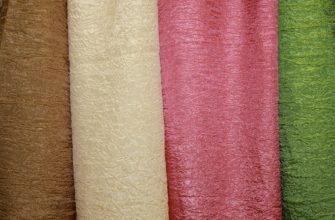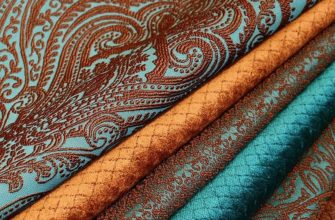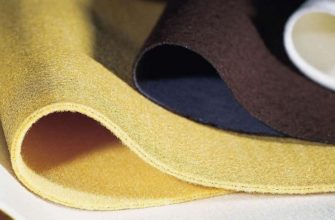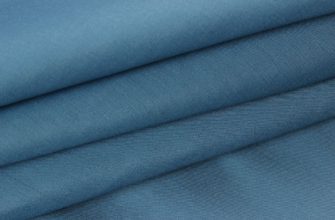There are quite a lot of different fabrics, but the most famous and widespread of them is knitwear. Soft and pleasant to the body is Milano knitwear, which has won the hearts of all fashionistas.
What is Milano fabric and what is its composition?
The description says that Milano is a premium single-component or blended knitwear. It is quite difficult to say exactly what components are included in the composition. One thing is known that thanks to them, the fabric has a matte surface, fits perfectly on the figure and does not deform over time.
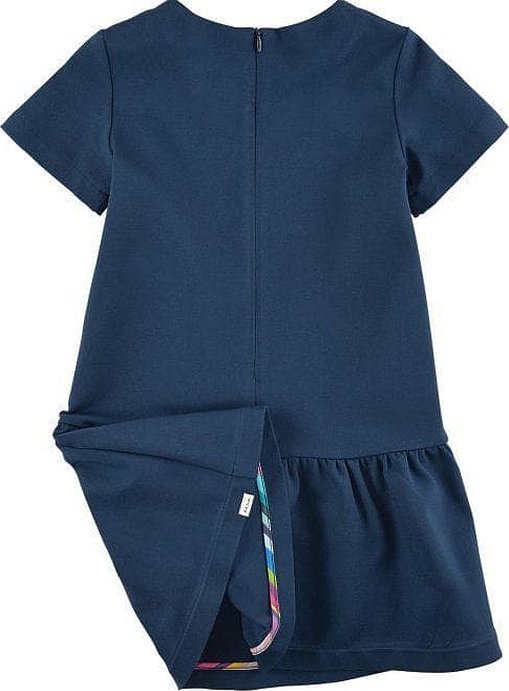
This fabric may contain:
- lycra;
- polyester;
- spander;
- viscose;
- wool;
- silk;
- polyamide;
- cotton fabric;
- nylon.
For your information! When using different variations of mixing components, varieties of the fabric in question are obtained. Each of them has a specific structure and even an individual name. Within the same type, fabrics with different percentages of one or another component are distinguished.
Types of fabric
Nowadays, there are five main types.
Premium
This is primarily a suiting fabric, but is also suitable for sewing sheath dresses, as it is moderately stretchy and holds its shape well. Despite the nap of the surface, pellets do not accumulate on the fabric. The only downside is that the fabric may shrink after washing if it is not treated during sewing (subject to decatization).
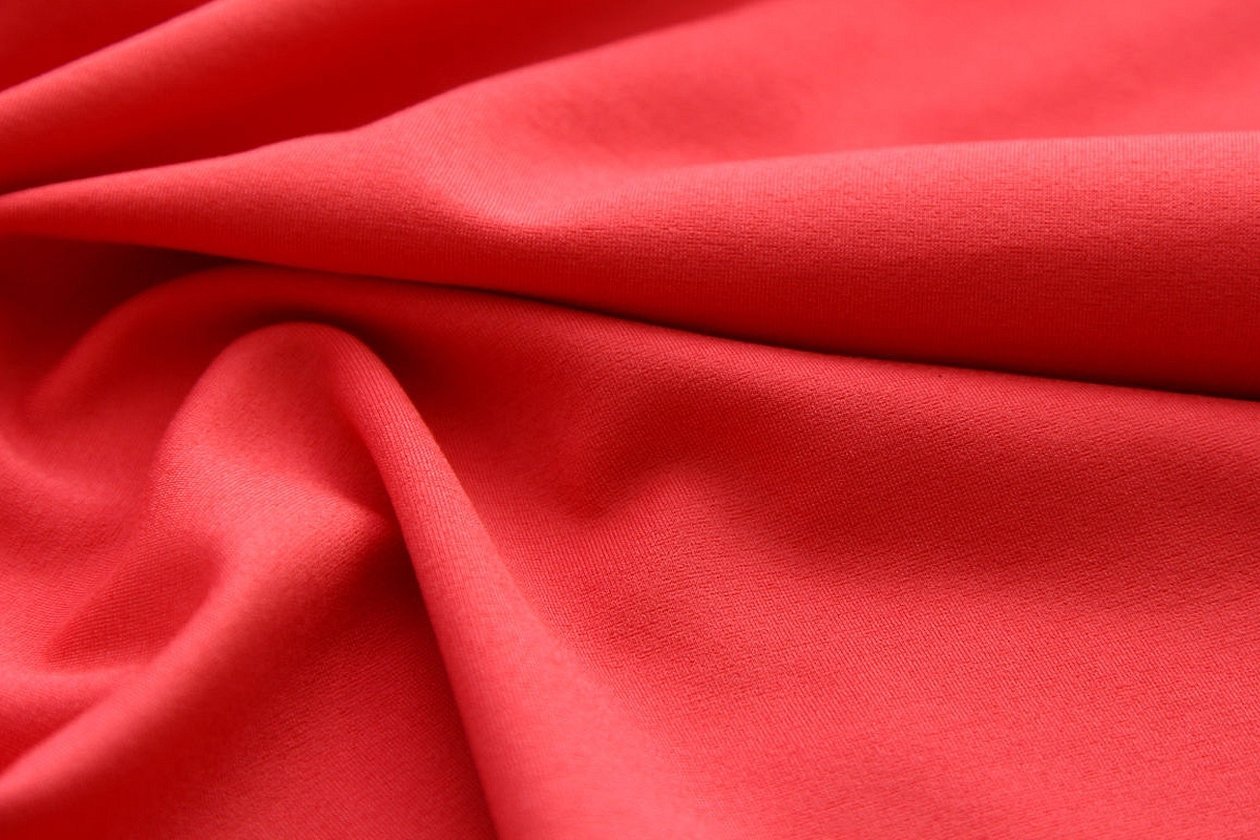
Roma
Light and thin fabric, smooth to the touch. It may contain polyester or viscose. As a rule, some synthetic fibers are mixed with cotton for this fabric. The product will stretch more horizontally than vertically, but this is not particularly noticeable.

Punto
What kind of fabric is crepe, punto? Crepe is a group of fabrics, mainly silk, made from threads with very large grain. It is often confused with punto, which consists of a dense weave of synthetic and natural threads, mainly viscose. This type stretches well in different directions, but at the same time easily returns to its original shape. It has a matte surface and is very durable and warm. Punto Milano fabric is the most popular among women.
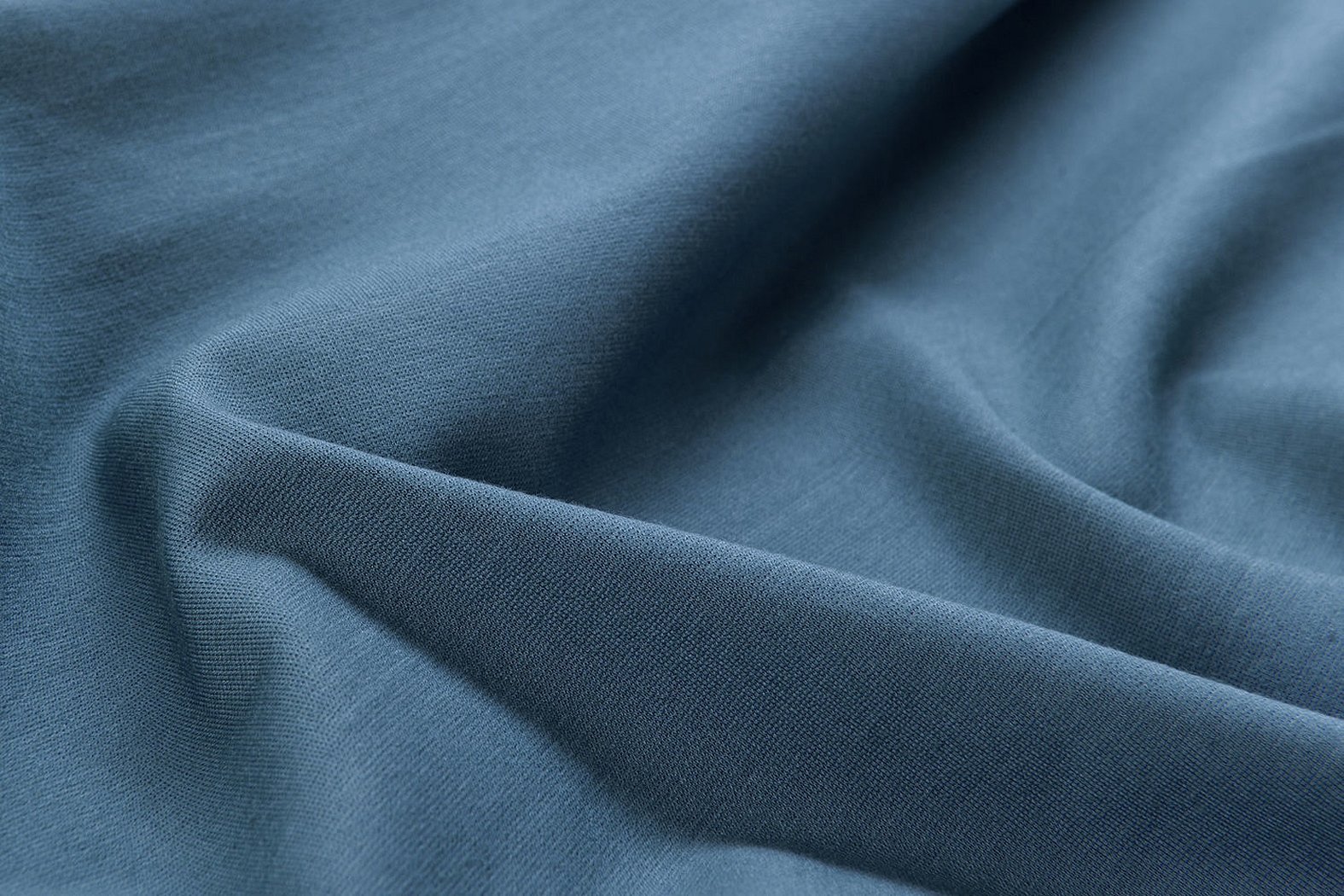
Jersey
Coco Chanel's favorite variety of Milano. Jersey can be light and silky or thick and woolen. It all depends on the amount of wool in the composition. There are fabrics with 100% wool content or slightly less. It is mainly used to create outerwear.
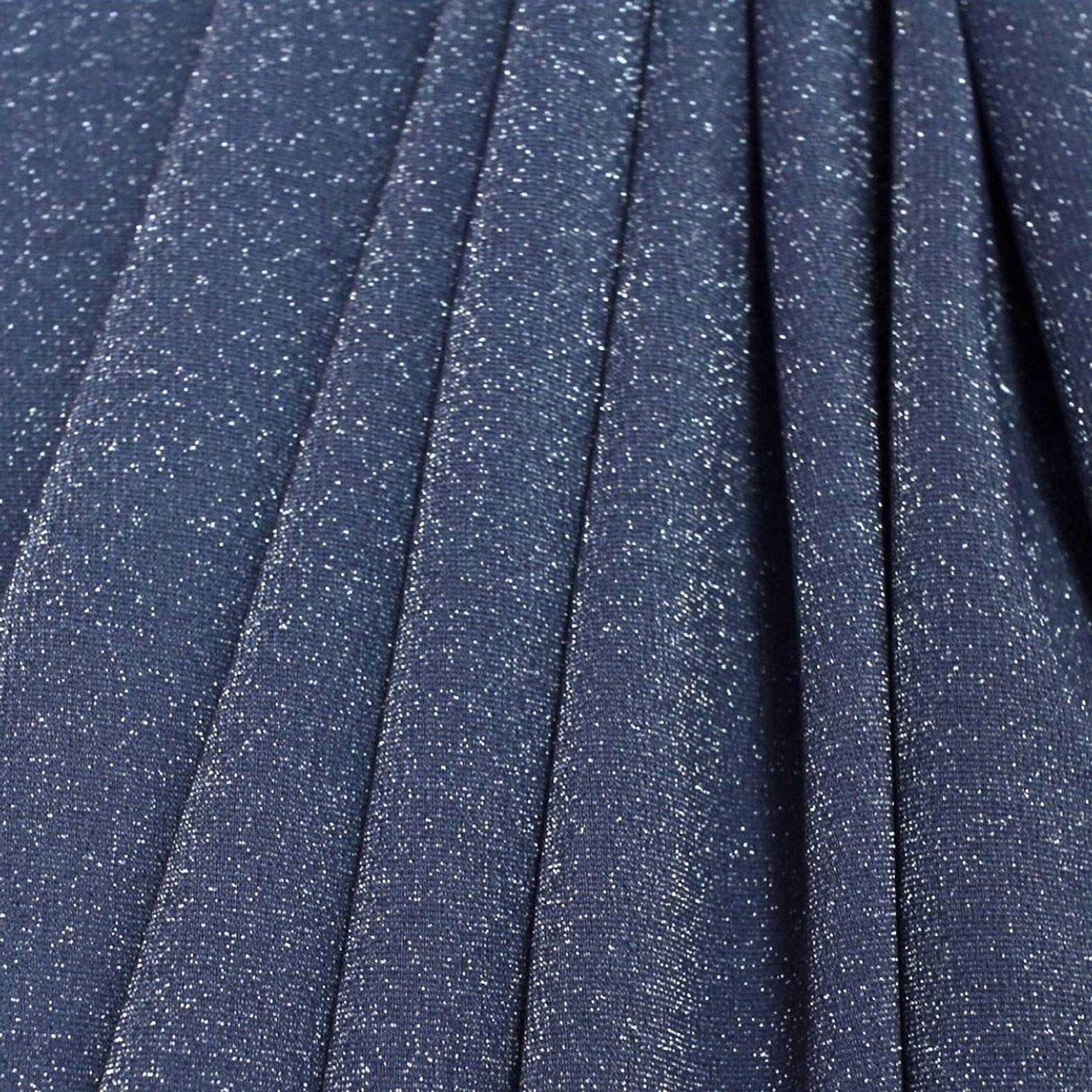
Academician
Perfect for sewing autumn or winter dresses, as it practically does not wear out and is dense and warm. Having polyester or its mixture with viscose in its composition, it practically does not wrinkle and remains in shape.

Advantages over other fabrics
The material has many advantages over other fabrics. Here are the main ones:
- very dense, even with minimal web thickness;
- does not show through when stretched;
- holds its shape;
- does not wrinkle;
- does not stretch;
- fits the figure without showing too much;
- retains heat;
- breathable;
- practically does not get dirty and does not absorb small dust particles;
- when cutting the material, the edges will not fray;
- it is possible to apply any print or design;
- no folds, even if the item has been folded for a long time.
That is why in any home and at all times one could find something made from Milano.
Please note! This fabric perfectly combines aesthetic and functional characteristics.
Where it is used
Milano is used mainly for sewing clothes: dresses, trousers or skirts. But the unique properties of this material allow you to make inserts for clothes: flounces, voluminous sleeves or folds. Milano's feature of folding perfectly is well expressed in the manufacture of bedspreads, covers for sofas or armchairs. The material is often used as thick matte curtains.
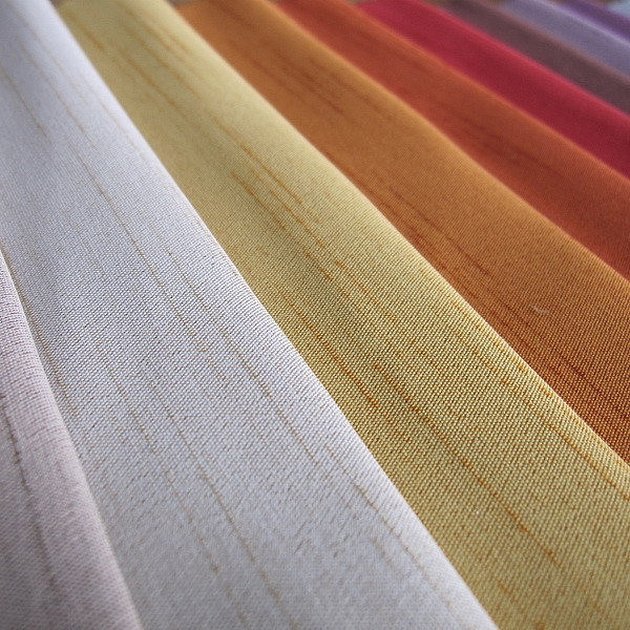
What is sewn from this material?
You can sew almost anything from these fabrics:
- underwear;
- regular dress or sheath dress;
- home clothes;
- skirt;
- suit with trousers or a skirt;
- outerwear;
- blouses or tunics;
- jackets and cardigans;
- gloves, hats;
- leggings, pants, tights, etc.
The peculiarity of this fabric is that it does not fray at the raw edges, so it is often used to make jackets or coats with an open cut.
Please note! Despite such a wide application of this material, bed linen is not made from it. Even if it says "Satin Milano", it is a lie. In production, they used satin of the "luxury" class, nothing more.
In furniture stores or in stores with home accessories you can find pillowcases made of Milano or even entire sofas completely upholstered in this fabric.
What you need to know about care
Each fabric needs to be properly cared for so that it does not lose its original appearance, looks great up close and pleases with its beauty for a long time. Milano fabric is no exception, even though it is quite durable.
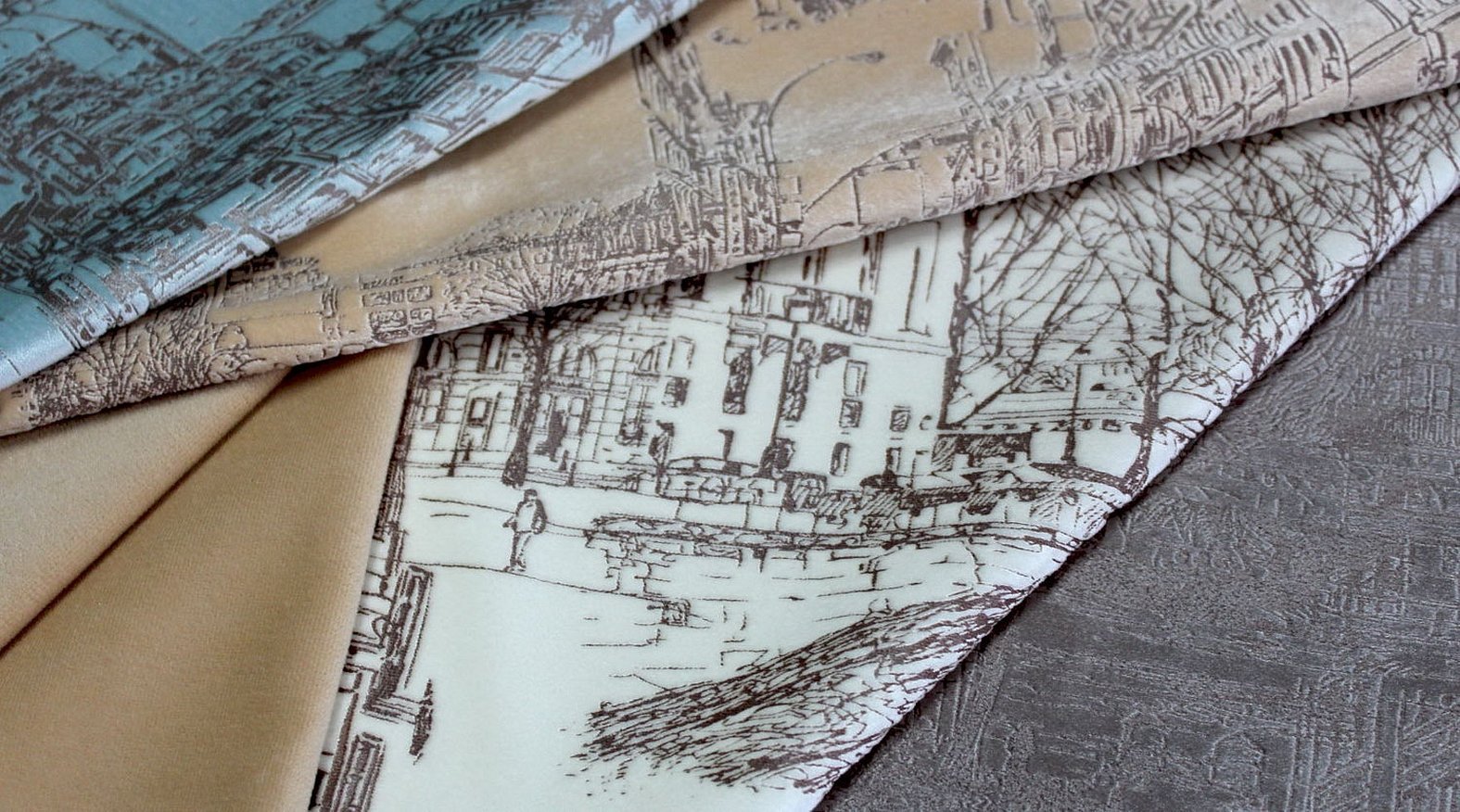
Here are some rules for care:
- As with all things, you should first read the instructions on the label. There you can find out the acceptable washing temperature, and the temperature for ironing or drying the product. Milano products can be washed by hand or in a machine at a temperature of 30 ° C or less, as there is a risk of shrinkage of the material. Completely synthetic items can be washed in warm water using a powder that does not contain bleach. Stains should be washed separately, without immersing the item in water entirely.
- Machine spinning is allowed, but hand spinning should be done with caution.
- Drying can only be done naturally, not on a radiator or in the sun, and the item must be in a horizontal position. Some items can be dried in a special machine, but this can only be used in cases of extreme necessity.
- The product can only be ironed from the inside at a temperature no higher than 110 °C. It is better to choose the "synthetics" mode, then the item will definitely remain intact. If you are careful, the clothes can also be steamed.
The fabric in question does not have a single composition, just like its varieties. Each type is individual and has a different percentage ratio of natural and synthetic fibers.
Please note! There are five types of this fabric: academic, premium, roma, jersey and the most popular - milano punto. All of them hold their shape perfectly, do not lose their new appearance over time and retain heat well.
The main advantage of this material is its ability not to absorb dust particles, not to crumble at the edges of the cut and not to form creases when folding the material. Things made of this material fit the body, but hide its flaws.
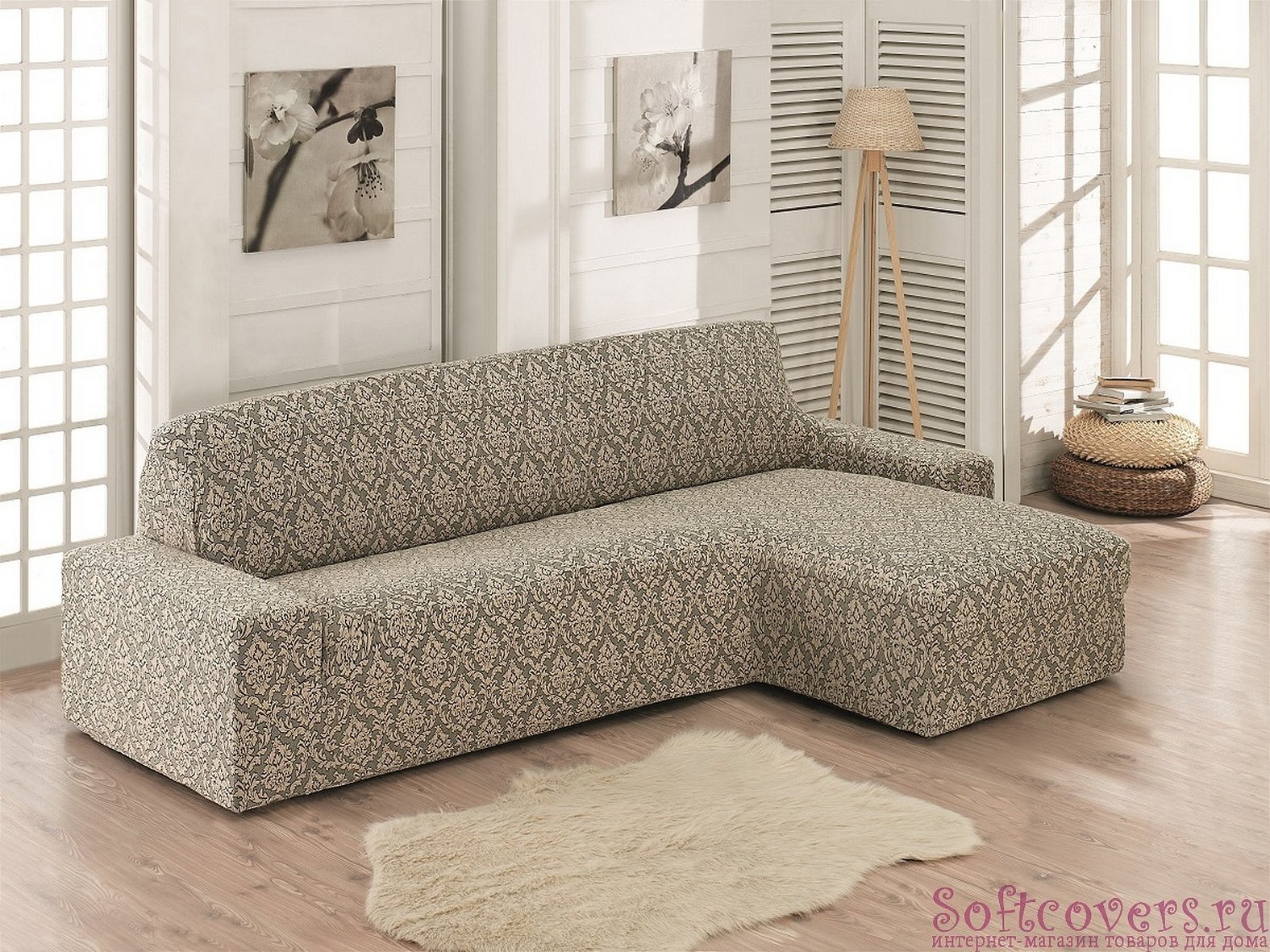
Due to these characteristics, this fabric is used not only for sewing clothes, but also for interior decoration. Milano can be seen as pillowcases for decorative pillows, furniture covers or even as curtains.
Milano has also shown itself to be a good material for sewing clothes. You can find absolutely any item: from underwear to outerwear and accessories. Bed linen is not made from this material.
Any variety requires care and caution. Wash in water at a temperature not exceeding 30 °C; air dry and iron on the "synthetics" setting.
Having assessed all these characteristics, each seamstress will decide for herself whether to buy such fabric for work or not. In any case, it can be used everywhere: from clothes to curtains in the room.

